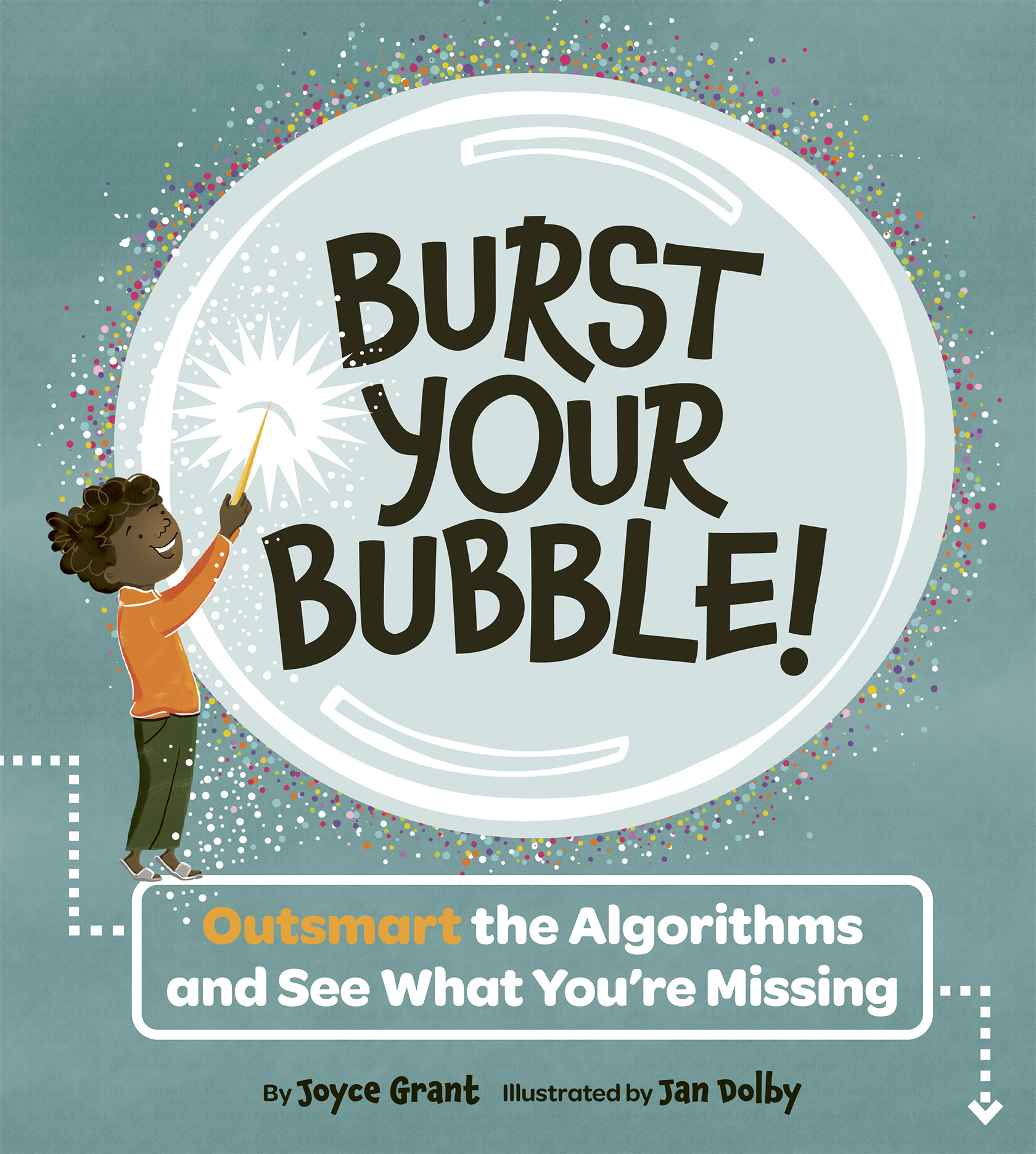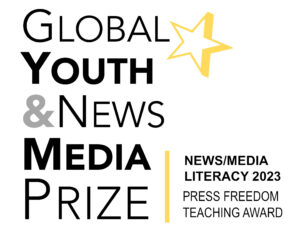
Environment Canada has issued an emergency protection order that will limit construction activity and loud industrial noise near the habitat of an endangered bird species.
The greater sage-grouse is a shy bird that lives in southeastern Alberta and Saskatchewan. There are fewer than 150 adult birds left in Canada, and environmentalists believe the species could be extirpated (locally extinct) within five years unless it is protected.
The birds’ natural habitat is long prairie grass, but much of this grassland has been destroyed by agriculture and oil and gas development over the past hundred years.
In December, Environment Canada – the government department responsible for the environment – issued an order preventing any activity that would disrupt the birds’ habitat during the spring mating season.
The order means that people cannot kill or move any native plants or grasses found on protected land. They are not allowed to build new roads, fences or buildings, or make loud industrial noise during that time.
By protecting the greater sage-grouse’s habitat, the order will also help other species at risk that live in the same grasslands, such as the burrowing owl and the swift fox.
But some environmentalists say the order does not do enough to protect the birds. For example, it applies only to land owned by the federal or provincial governments, not privately owned land. Also, the rules against loud noises apply only from April 1 to May 30 (the birds’ mating season), and only for the time between one and a half hours before sunset to one and a half hours after sunrise.
The protection order was issued under Canada’s Species At Risk Act (SARA). This is a law adopted by the Canadian government in 2002 to help it identify and protect native plants and animals that are in danger of becoming extinct, and to help with their recovery.
Canadian Geographic magazine recently reported that seven species once considered endangered or nearly extinct are making a comeback in Canada.
Endangered whooping cranes, North Pacific humpback whales, eastern wild turkeys, swift foxes, sea otters, wood bison and peregrine falcons have increased in recent years.
Several factors contributed to the disappearance of these species, including loss of habitat, pesticides, disease and over-hunting.
Conservationists have helped to re-establish these animals in a number of ways. In some cases they have introduced populations from other parts of Canada or the United States. There are also programs to breed animals in captivity and then release them into the wild.
Laws like SARA that ban hunting or protect animals’ habitats are also key to the recovery of threatened species.
Ironically, the growing swift fox population could pose a threat to the endangered greater sage-grouse, which it hunts for food.
Related links
A profile of the greater sage-grouse, Nature Canada online.
List of Canadian species at risk
CURRICULUM CONNECTIONS
By Jonathan Tilly
Writing/Discussion Prompt
Today’s article explains many of the steps being taken to protect the Greater Sage Grouse. Do you think that the government’s plan goes far enough? Do you think the plan is too extreme? Why do you think so and what would you like to see happen?
Reading Prompt: Extending Understanding
Yesterday’s TKN article discussed the political views of Canadian music legend, Neil Young. In what ways are the opinions he shared with the CBC confirmed or challenged by today’s article?
Junior
Extend understanding of texts by connecting the ideas in them to their own knowledge, experience, and insights, to other familiar texts, and to the world around them (OME, Reading: 1.6).
Intermediate
Extend understanding of texts, including increasingly complex or difficult texts, by connecting the ideas in them to their own knowledge, experience, and insights, to other familiar texts, and to the world around them (OME, Reading: 1.6).
Grammar Feature: Apostrophe ( ‘ )
An apostrophe is a punctuation mark that can be used to communicate a number of different things. One way that an apostrophe can be used is to show posession. For example, in the following statement: “Mr. Sternberg’s hat is too big for his head,” an apostrophe is followed by the letter “s” in order to tell who the hat belongs too. However, when the item belongs to many (a plural subject) an “s” followed by a single apostrophe is needed. Just like you see in the following example from today’s story:
The birds’ natural habitat is long prairie grass, but much of this grassland has been destroyed by agriculture and oil and gas development over the past hundred years.
Place an apostrophe “s” (‘s), or an “s” and apostrophe (s’) to show possesion in the examples below:
1. Jenny___ gloves are bright red.
2. The door_____ handles are all needing to be replaced.
3. The frog_____ habitat is unique.
4. Mark and Will____ forms were not completed.
5. The school____ mascot is the Greater Sage Grouse







